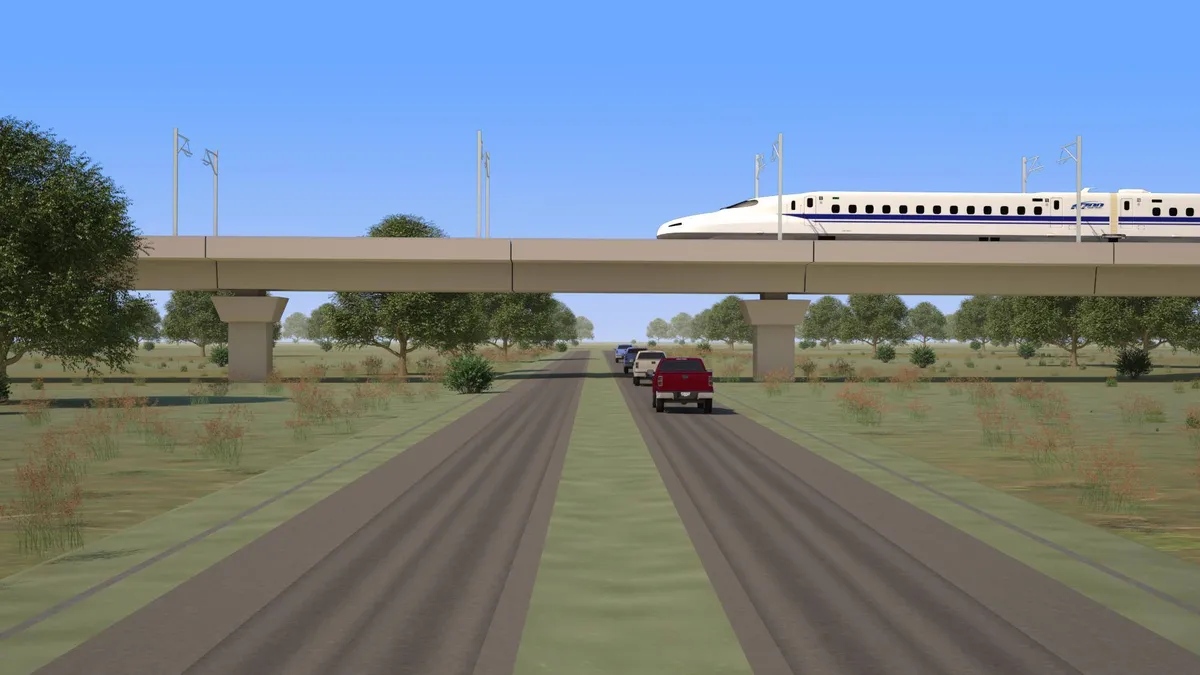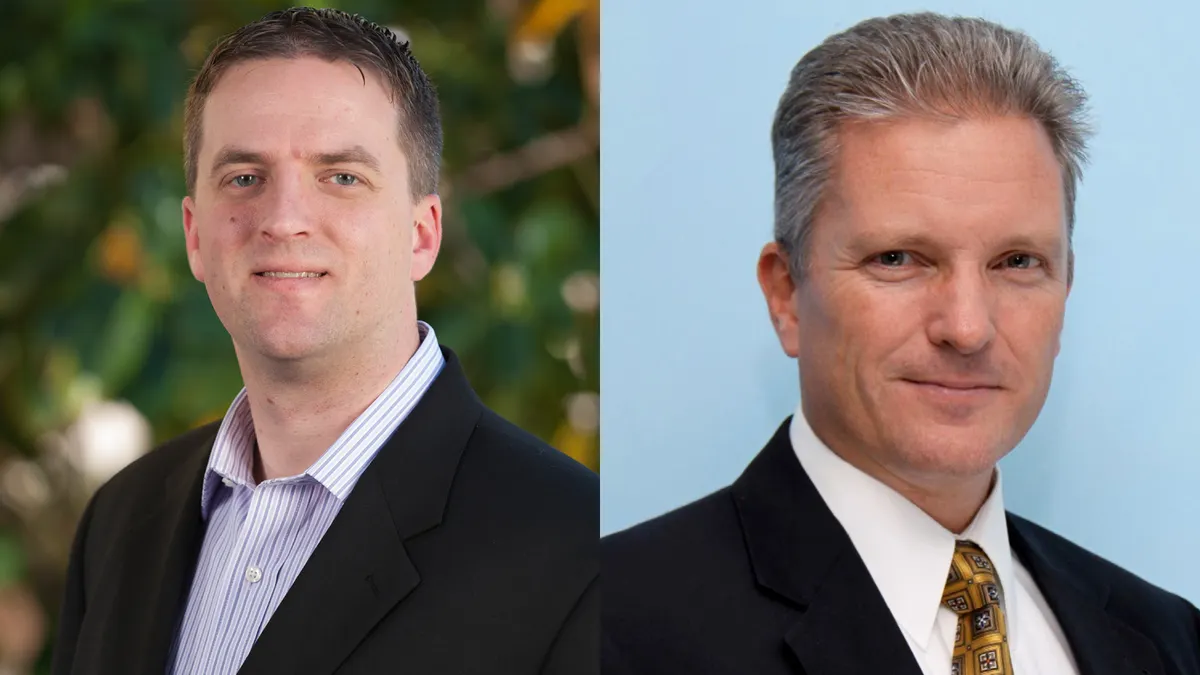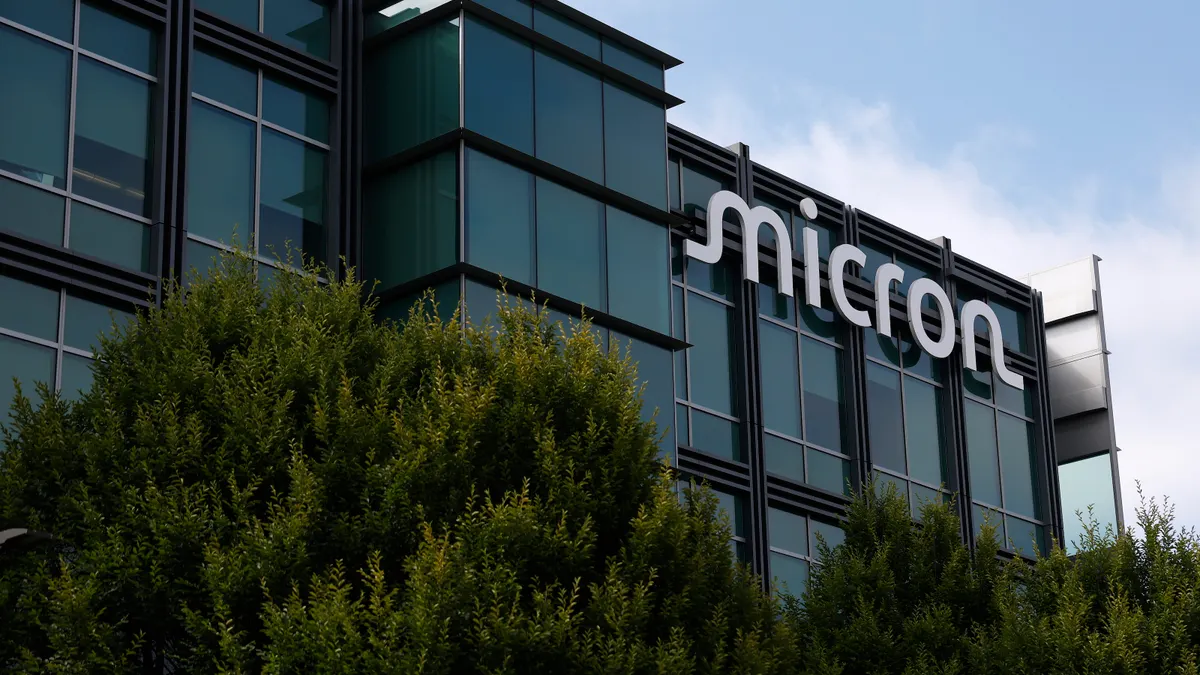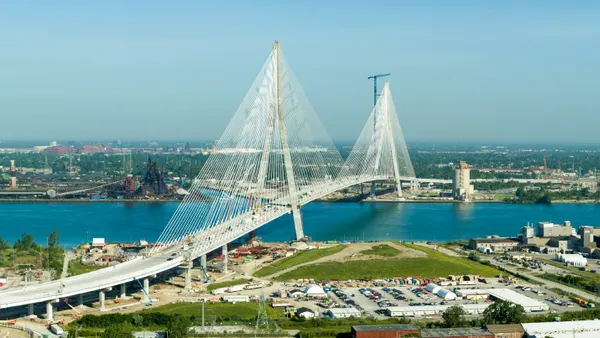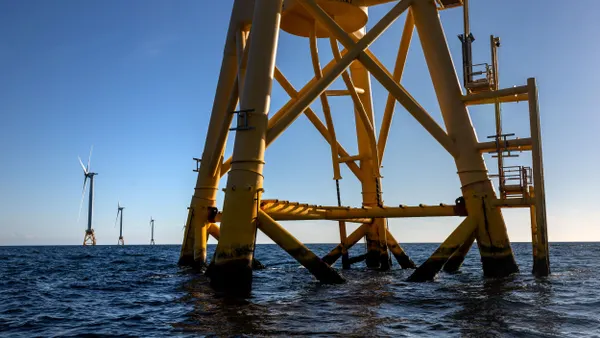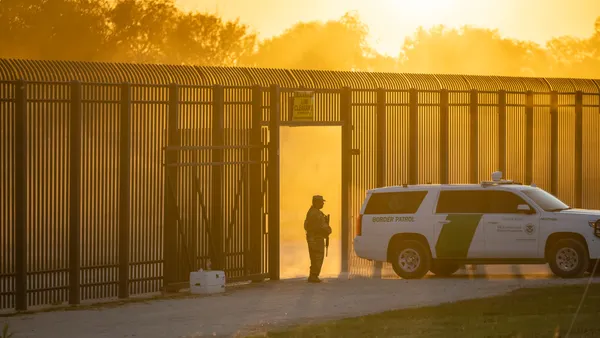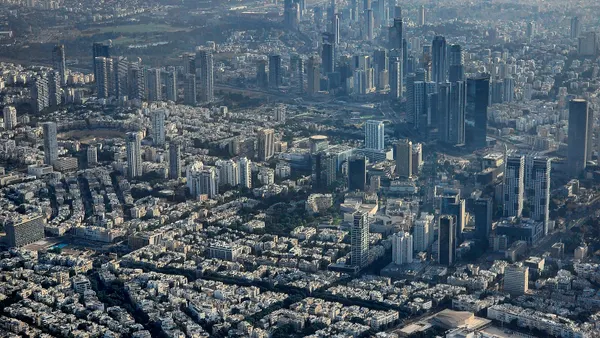A group of 10 senators and 65 House members this spring asked for $3.5 billion in fiscal year 2023 appropriations to develop high-speed rail corridors. Two years earlier, Rep. Seth Moulton, D-Mass., had proposed a $205 billion investment to build a national high-speed rail network. These efforts are just two of the latest is a long history of attempts to jump-start bullet train projects in the U.S., dating back to the High Speed Ground Transportation Act of 1965.
While the U.S. has dithered, the rest of the world has built nearly 35,000 miles of high-speed rail, according to the International Union of Railways. The generally accepted definition of high-speed rail is trains that can travel in excess of 160 mph. Amtrak’s fastest train, the Acela, reaches a top speed of 150 mph, but new Acela trains are expected to reach 160 mph when they come online in fall 2023.
Below are timelines of three U.S. projects under construction or in late stage development. Brightline West and Texas Central are being developed by the private sector while the California high-speed rail project is publicly owned and funded.
California high-speed rail project: Los Angeles to San Francisco
-
1996
The state legislature creates the California High-Speed Rail Authority.
-
2008
California voters approve a $9.95 billion bond measure to construct high-speed rail from Los Angeles to San Francisco. The High-Speed Rail Authority promises travel time under 3 hours, a construction cost of about $33 billion, and trains operating by 2030.
-
2015
Construction of California high-speed rail project begins in Fresno.
-
2018
The California state auditor faults the High-Speed Rail Authority for cost overruns, delays and poor project management.
-
2022
Construction is underway along 119 miles in California’s Central Valley. The latest cost estimate to complete the full project is up to $113 billion. The projected opening of the Central Valley to Silicon Valley segment only is 2031.
Brightline West: Las Vegas to Southern California
-
2009
The Federal Railroad Administration completes a draft environmental impact statement for a plan to build a high-speed rail line along the I-15 corridor from Las Vegas to Victorville, California, about 90 miles east of downtown Los Angeles, proposed by privately held DesertXpress.
-
2013
Rebranded as XpressWest, the company applies to the FRA for a $5.5 billion loan toward the anticipated $6.9 billion cost of construction.
-
2016
A deal between XpressWest and China Railway International to build the line is called off.
-
2018
Brightline, which operates a train from Miami to West Palm Beach, Florida, acquires the XpressWest project.
-
2022
Brightline reports it expects to begin construction in 2023 on the 200-mph line, now branded Brightline West, with a goal of starting service in 2026.
Texas Central: Dallas to Houston
-
2014
Texas Central begins work on an environmental impact statement.
-
2015
It raises its first round of capital from Texas investors.
-
2019
It signs a design-build contract with Salini Impregilo and Lane Construction Corp.
-
2021
Construction start delayed by a lawsuit over the company’s use of eminent domain begins.
-
2022
Texas Supreme Court rules in favor of Texas Central, confirming its right to acquire land under eminent domain.
For more, read Smart Cities Dive’s interview with high-speed rail advocate Rep. Seth Moulton.



